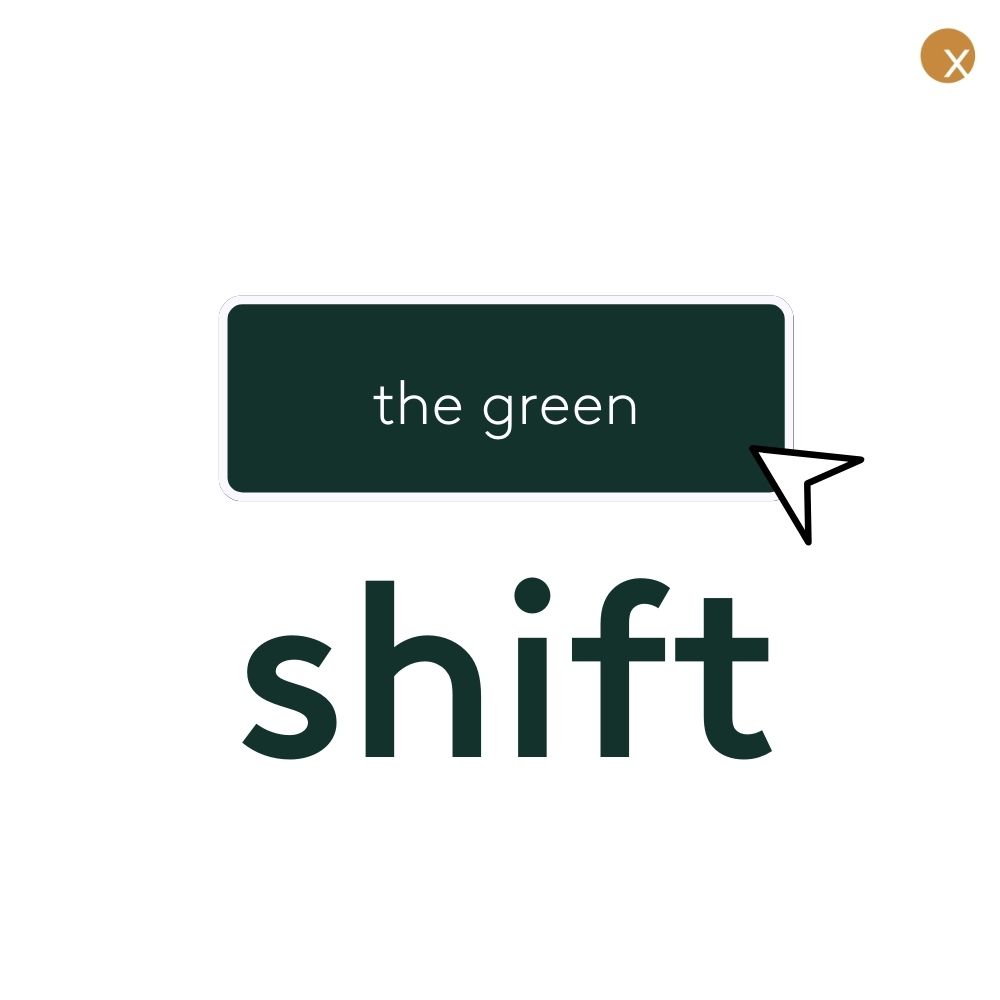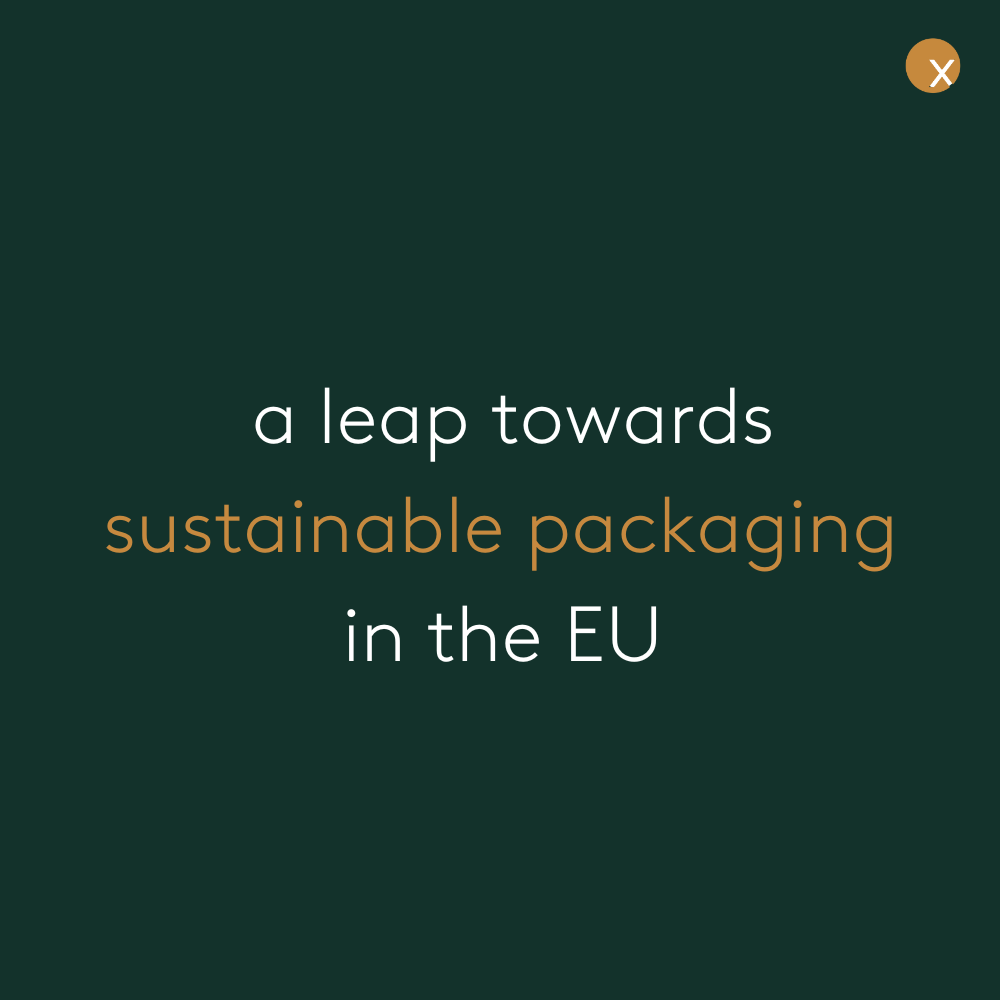As a global community, we have an alarming food crisis on our hands. Many factors have come together for a perfect storm: a fast-growing population is demanding more food than we currently grow, climate change is turning agricultural land into deserts, and our modern cultivation methods are degrading the earth’s nutrient-rich top soil. Basically, not only are we running out of suitable space to grow the food that feeds us – we’re carelessly destroying it ourselves with inefficient and outdated practices. The consequences of our actions (or inactions) have already made headline news: years-long droughts, sudden food shortages, and mass migration, to mention a few.
The situation is urgent. But luckily, the vicious cycle of land degradation is combated by scientists and entrepreneurs daily. And while there are many ideas on the table, one of the most promising solutions to our food crisis is called Controlled Environment Agriculture (CEA) – which holds the power to drastically reduce our need for land, while still providing healthy and sustainable food for billions of people.
What is CEA?
CEA is a technology-based approach that transfers farming from the outdoors to a closely controlled environment. It can take shape from simple greenhouses on the land to fully automated vertical farms in repurposed warehouses. But in a nutshell, all operations share the ability to control factors such as temperature, humidity, light and nutrient levels to create the ideal growing environment.
This technology provides farmers with the power to predictably reach as much as 10 to 20 times the yield per acre in comparison to traditional open-field crops – regardless of whether or not the seasonal weather is favorable1.
Key Benefits of CEA
This innovative growing method offers countless benefits. From a sustainability perspective, here are the most crucial advantages:
Minimal use of land
By maximizing the yield of each harvest, CEA will reduce the overall land used for agriculture. On top of that, more innovative methods, such as hydroponics and vertical farming, don’t require soil and can therefore be stacked on top of each other, reducing the required land by as much as 10% to 25%2.
Resource efficiency
Ideal conditions combined with innovative irrigation systems allow the majority of water to be recirculated. For example, Hydroponics saves up to an astonishing 95% of water compared to conventional agriculture3.
Location independence
CEA brings the cultivation of different crops closer to the consumer, even into the ever-expanding urban areas. This greatly reduces the energy consumption and carbon emissions associated with long-distance food distribution.
Year-round crop production
By removing the seasons from the equation, CEA creates ideal conditions and unprecedented opportunities for year-round harvests and food stability.
Reduction in the use of pesticides
In a controlled environment, it is easier to manage the intrusion of pests and harmful diseases. This removes the need for excessive use of pesticides, which results in healthier and more environmentally friendly food.
CEA’s Benefits Beyond Food
CEA has a vital role to play in securing healthy food for the world’s expected 9.7 billion people by 20504. However, its impact will reach far beyond food. A global adoption can also help us solve another even more immediate shortage: water. 65% of the world’s freshwater is currently used for agriculture – and almost half of that is wasted due to inefficient irrigation methods5. Revamping our food production system and applying current CEA technology can completely eliminate this problem.
In addition to alleviating our shortages of natural resources, the potential billions of acres of land saved can be restored back into forests and wildlands, which could remove as much as 10 gigatons of CO2 annually, which is about one-fourth of all human greenhouse gas emissions6.
Putting food and water security together, along with the massive potential for carbon sequestration, CEA might be the most clear-cut case for sustainability currently present.
CEA is ready for widespread adoption
The demand for healthy and locally-grown food is skyrocketing, which in turn has fueled the CEA market. It is now expected to grow at a CAGR of 18.13%, bringing it to a total value of $377.6.94 millions by 2023. These are promising numbers, but to truly make CEA a viable solution at a global scale, we need to lower the initial investment and operational costs currently hindering widespread adoption. This can, and should, be achieved by subsidies and different financial support from governments. However, the most crucial avenue is through innovation. We need to bring to market better and more cost-effective systems; from the complex automation technology that controls the climate to the growing trays in which the plants grow.
At oceansix, our engineers are currently working on several exciting irrigation solutions for the industry, made to lower the initial investment while still offering a more efficient and longer-lasting system. We believe that by improving crucial parts, we can make the whole CEA system available to more people – and ultimately make the entire food industry more sustainable.
Interested in knowing more? For inquiries, contact us at hello@oceansix.com
Sources
1. US Department of Agriculture
2&3 MDPI Review




